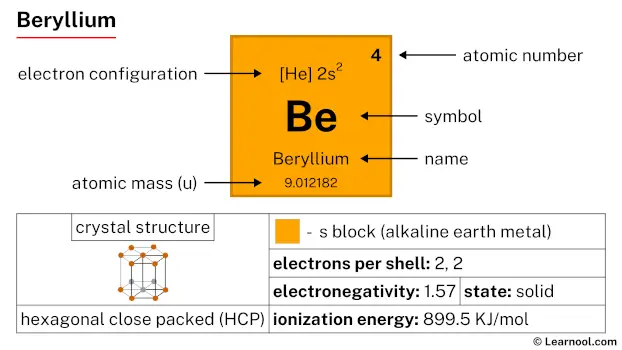
Beryllium is a chemical element with the atomic number 4 and symbol Be in the periodic table. It is a rare and hard alkaline earth metal that is known for its high strength-to-weight ratio, low density, and excellent thermal conductivity. Beryllium is located in group 2 and period 2 of the periodic table and is the first element in the alkaline earth metal series. It is a steel-gray, strong, and lightweight metal that has a high melting point of 1287 ℃ and a boiling point of 2469 ℃.
Beryllium is also highly toxic and can cause serious health problems when inhaled, making it a challenging material to handle safely.[1] The name of beryllium originated from beryllos, which is the Greek name for the mineral beryl. As a rare and valuable material, beryllium is used in a variety of industrial and scientific applications, including aerospace technology, nuclear reactors, X-ray tubes, and electronic devices. It is also used in alloy form with other metals to improve their properties.[2]
On periodic table
| group | ⇨ | 1 | 2 | 3 | 4 | 5 | 6 | 7 | 8 | 9 | 10 | 11 | 12 | 13 | 14 | 15 | 16 | 17 | 18 |
| period | ⇩ | ||||||||||||||||||
| 1 | 1 H 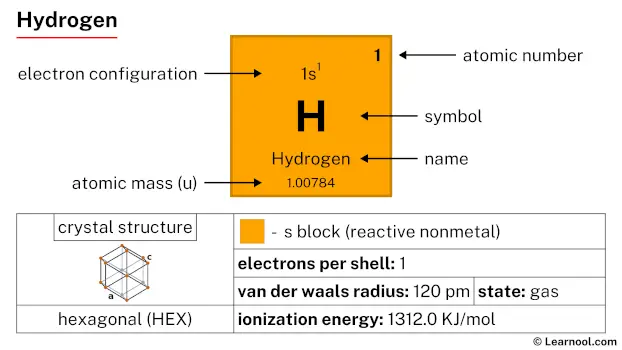 Hydrogen |
2 He  Helium |
|||||||||||||||||
| 2 | 3 Li  Lithium |
4 Be Beryllium |
5 B 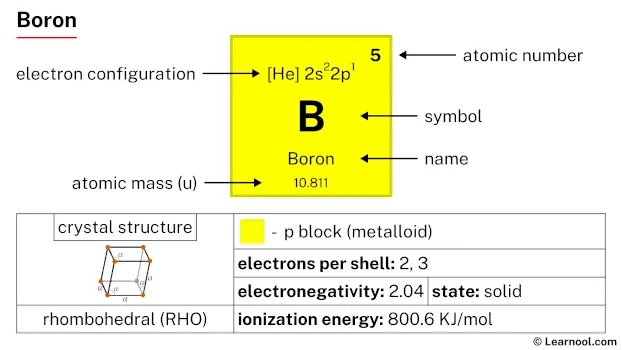 Boron |
6 C  Carbon |
7 N 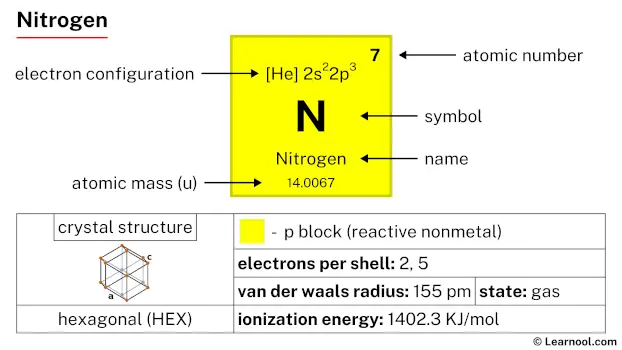 Nitrogen |
8 O 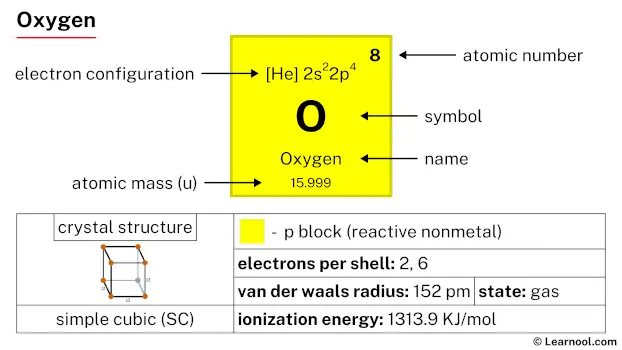 Oxygen |
9 F 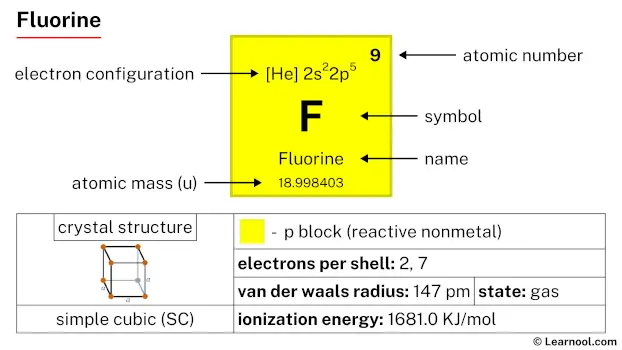 Fluorine |
10 Ne 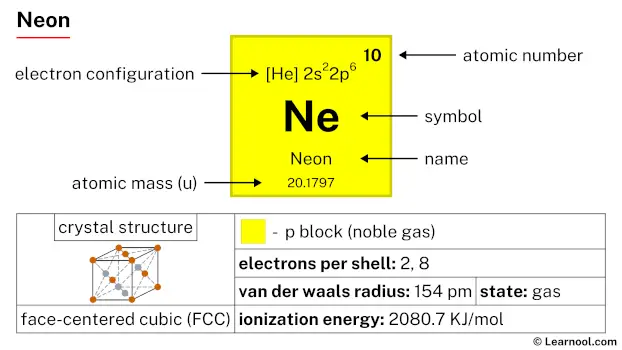 Neon |
|||||||||||
| 3 | 11 Na 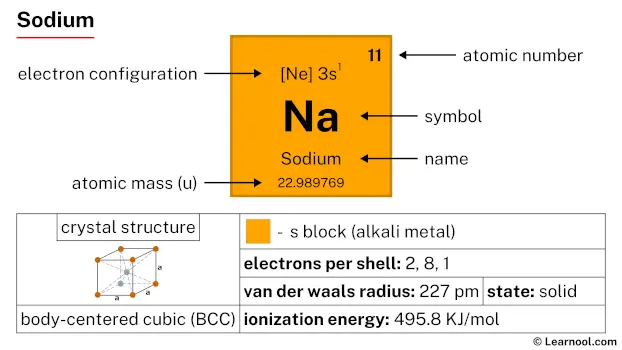 Sodium |
12 Mg 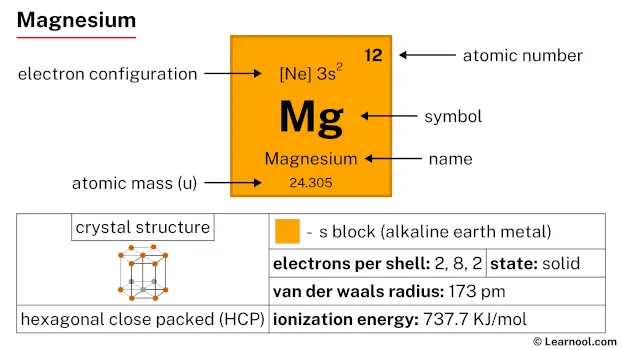 Magnesium |
13 Al  Aluminium |
14 Si Silicon |
15 P 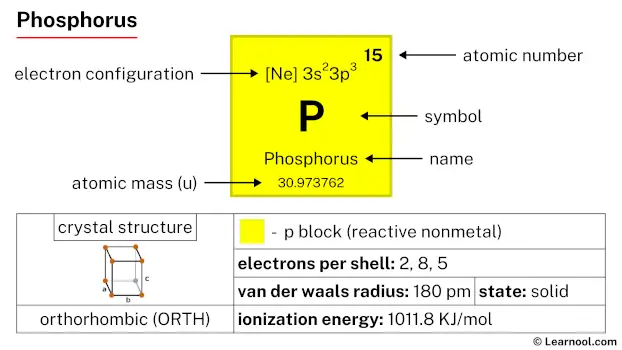 Phosphorus |
16 S 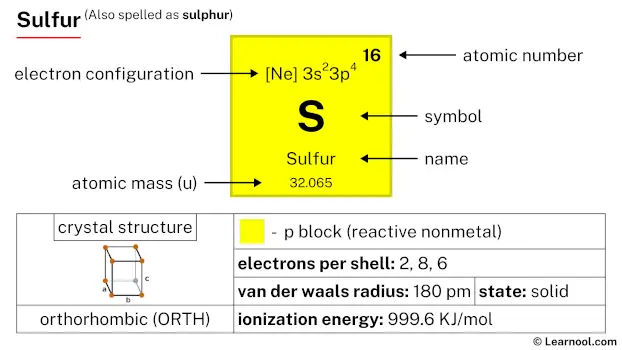 Sulfur |
17 Cl 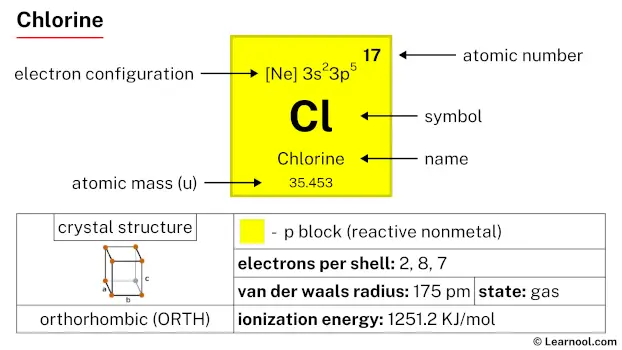 Chlorine |
18 Ar 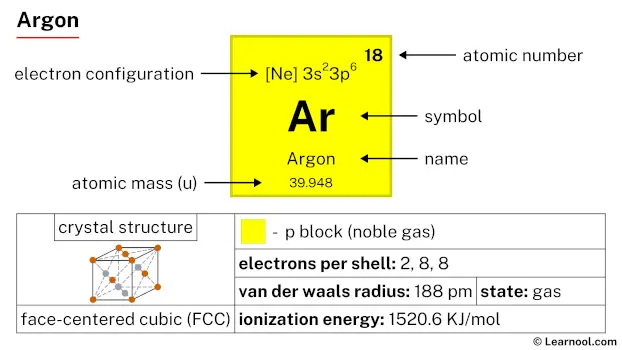 Argon |
|||||||||||
| 4 | 19 K 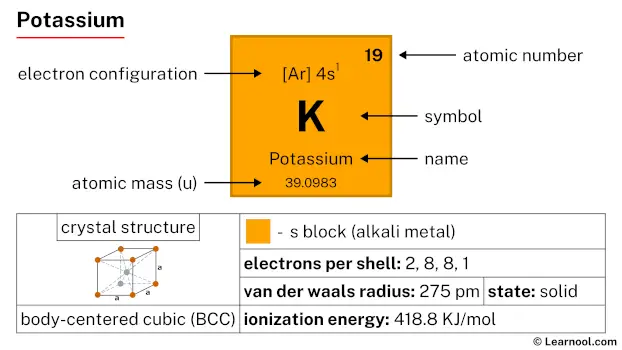 Potassium |
20 Ca 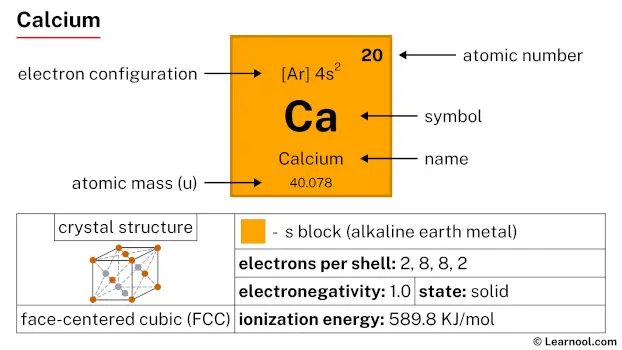 Calcium |
21 Sc 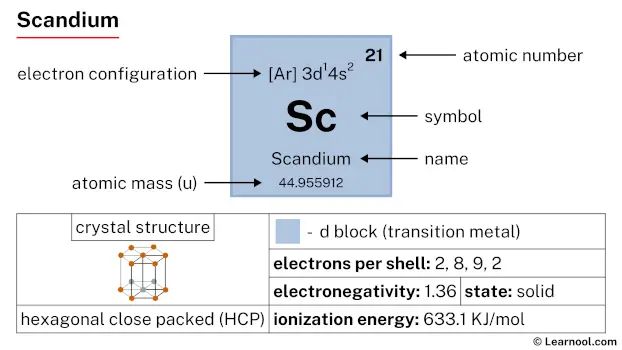 Scandium |
22 Ti 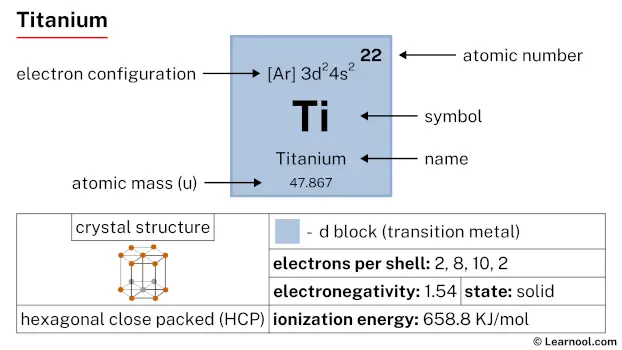 Titanium |
23 V 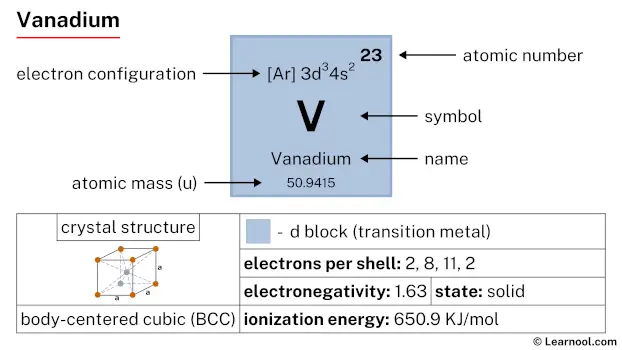 Vanadium |
24 Cr 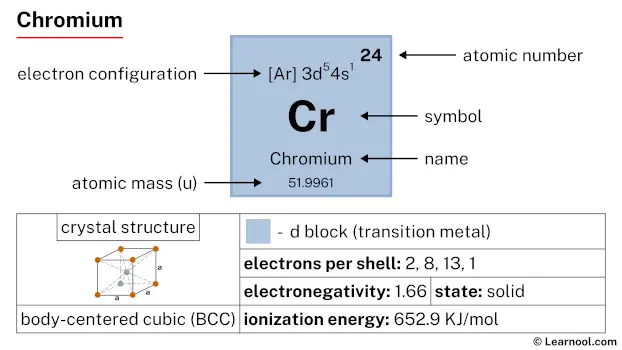 Chromium |
25 Mn 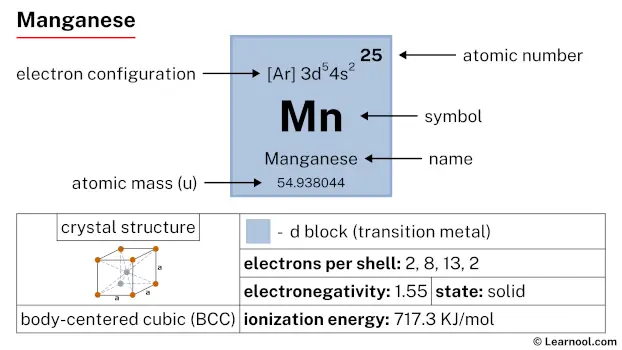 Manganese |
26 Fe 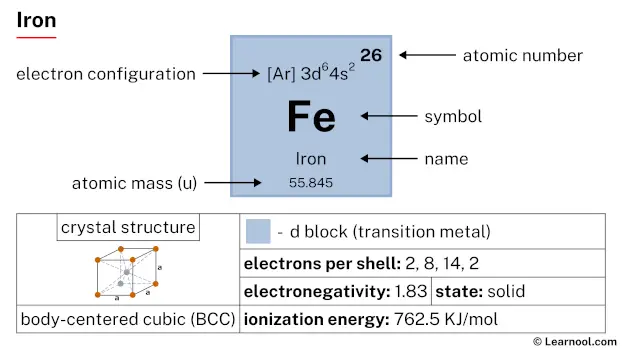 Iron |
27 Co 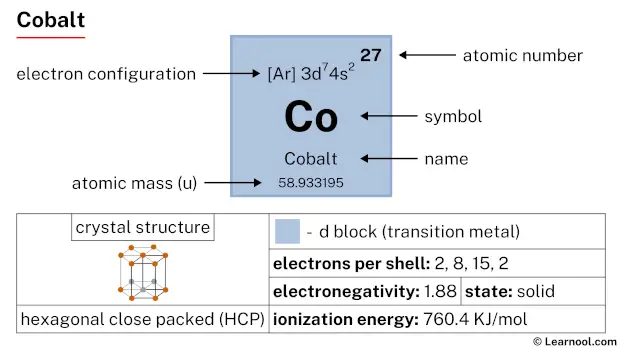 Cobalt |
28 Ni 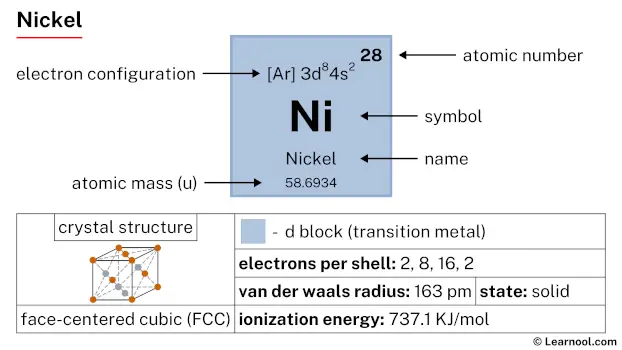 Nickel |
29 Cu 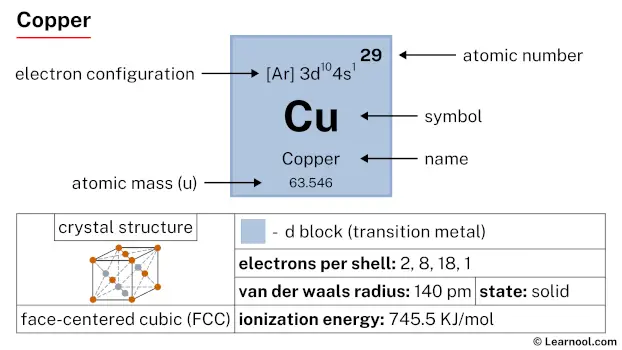 Copper |
30 Zn  Zinc |
31 Ga 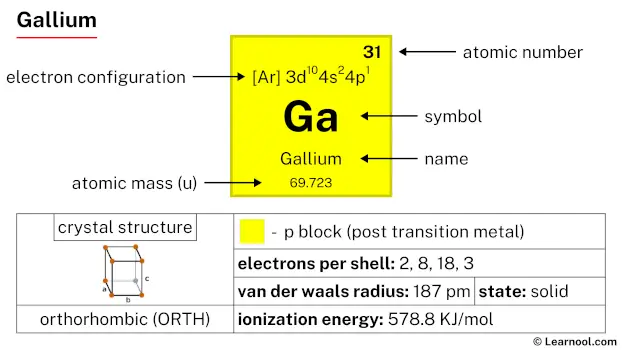 Gallium |
32 Ge 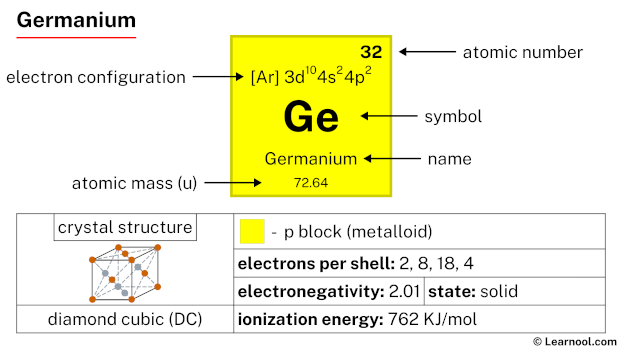 Germanium |
33 As 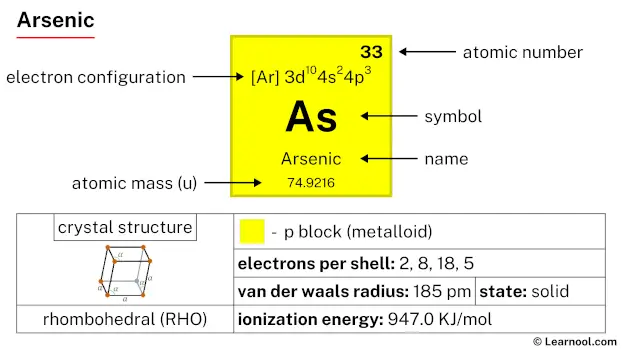 Arsenic |
34 Se 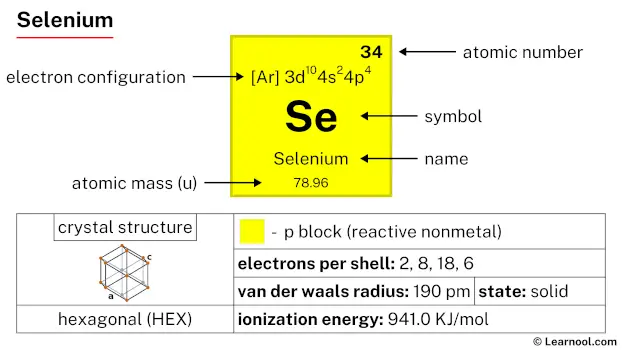 Selenium |
35 Br 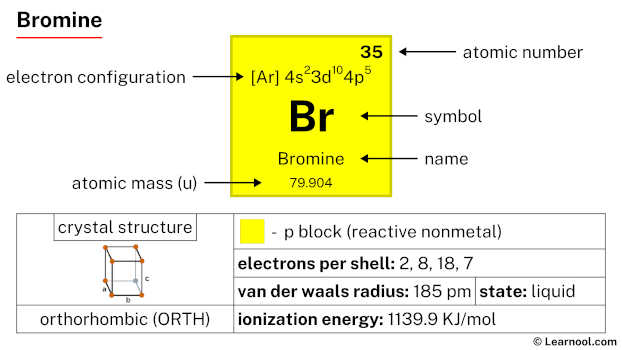 Bromine |
36 Kr  Krypton |
|
| 5 | 37 Rb 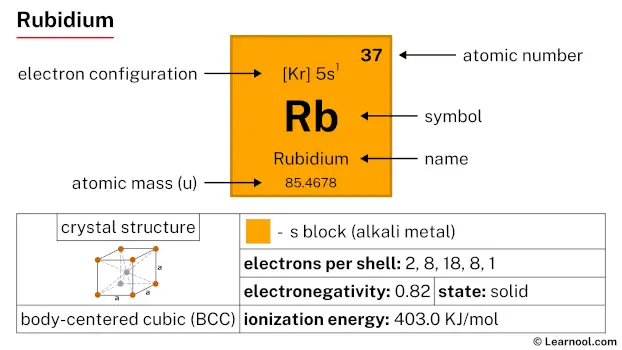 Rubidium |
38 Sr 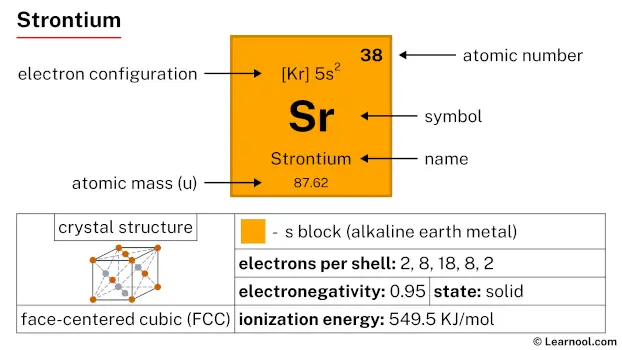 Strontium |
39 Y 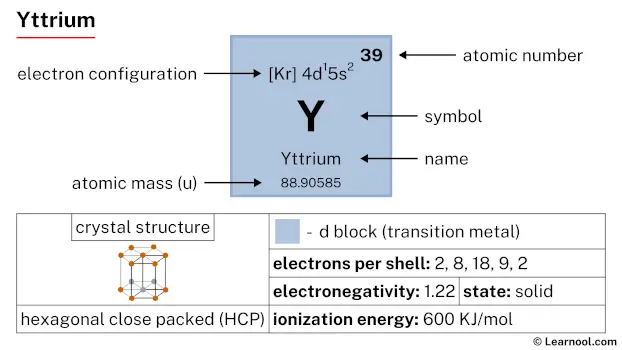 Yttrium |
40 Zr 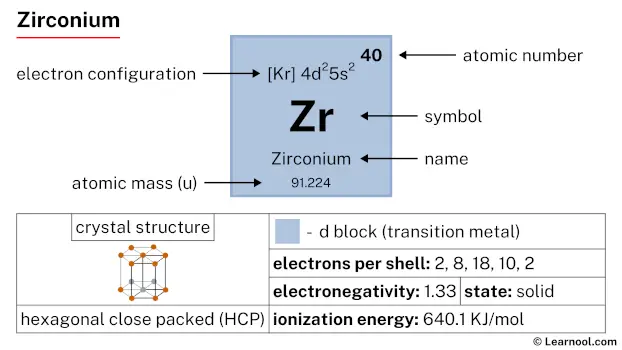 Zirconium |
41 Nb 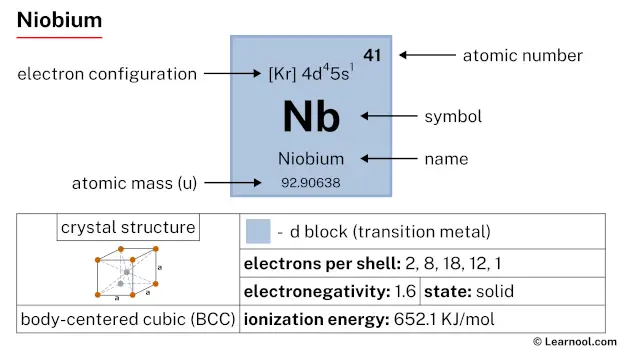 Niobium |
42 Mo 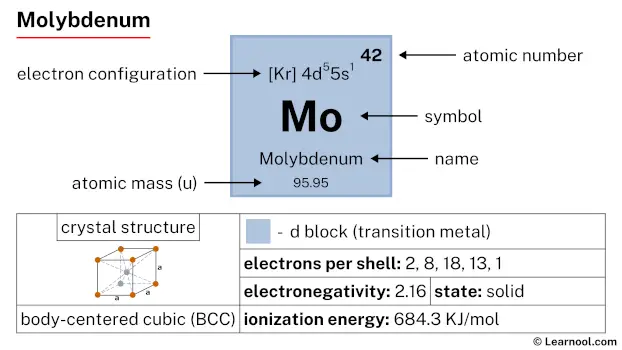 Molybdenum |
43 Tc 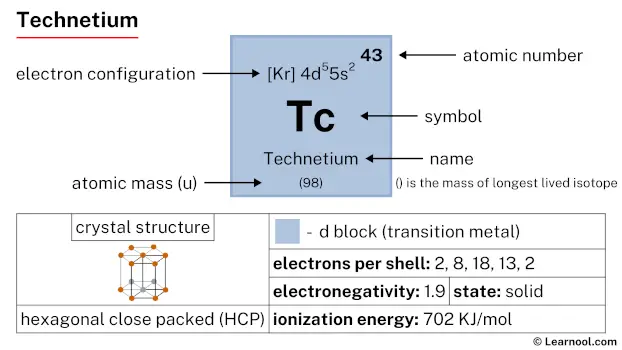 Technetium |
44 Ru 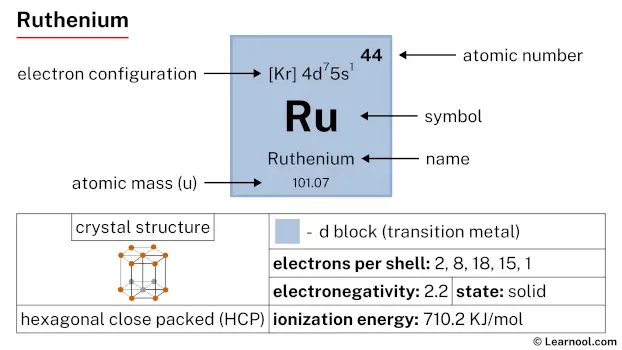 Ruthenium |
45 Rh 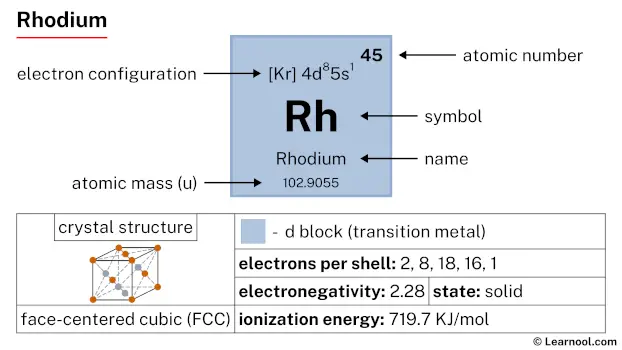 Rhodium |
46 Pd  Palladium |
47 Ag  Silver |
48 Cd 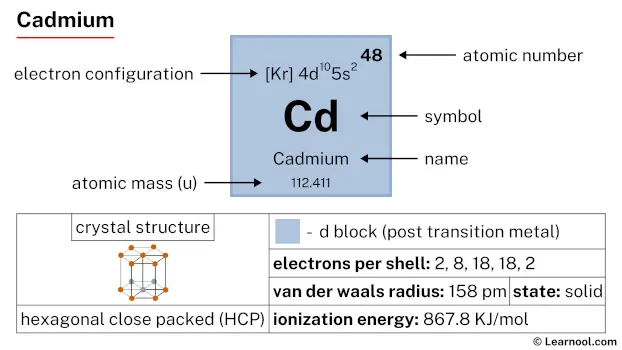 Cadmium |
49 In 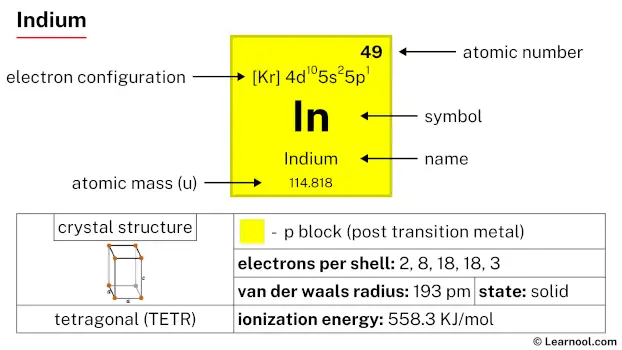 Indium |
50 Sn 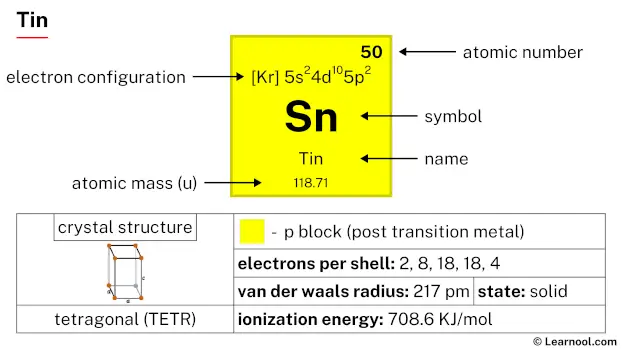 Tin |
51 Sb 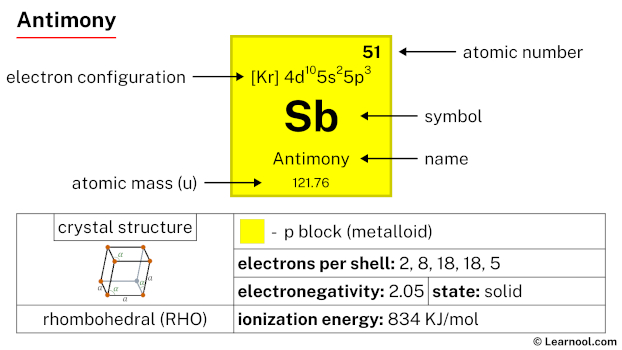 Antimony |
52 Te 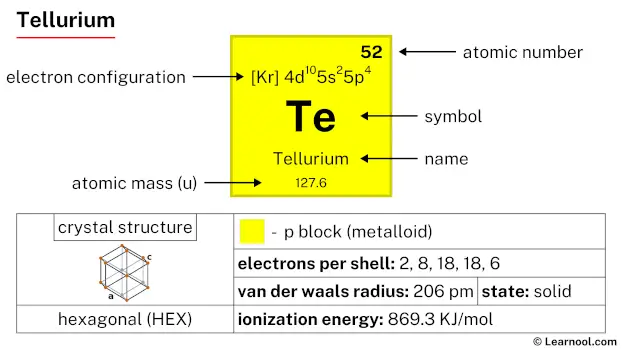 Tellurium |
53 I 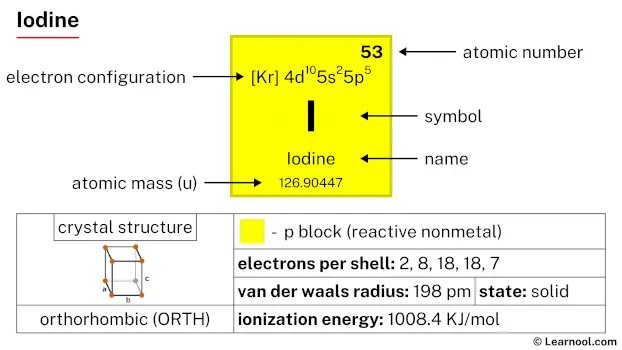 Iodine |
54 Xe 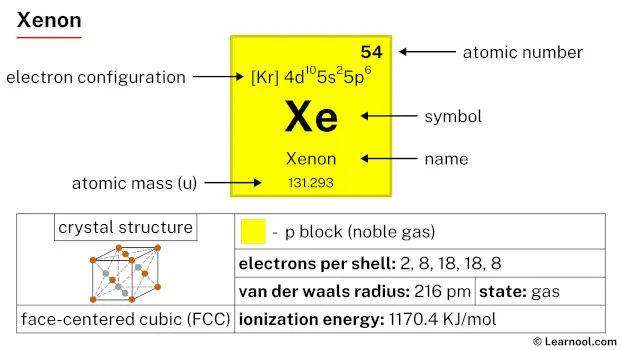 Xenon |
|
| 6 | 55 Cs 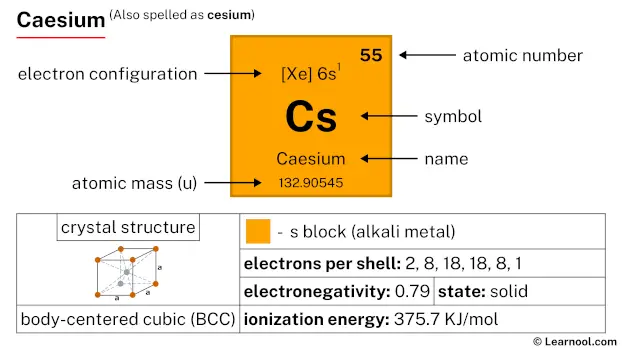 Caesium |
56 Ba 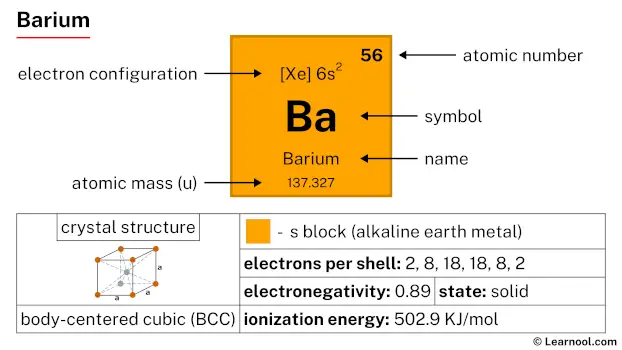 Barium |
72 Hf 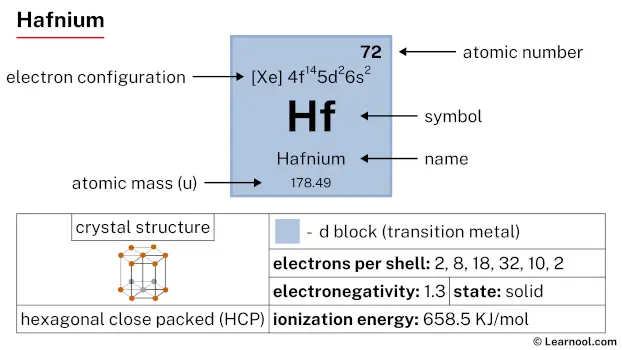 Hafnium |
73 Ta 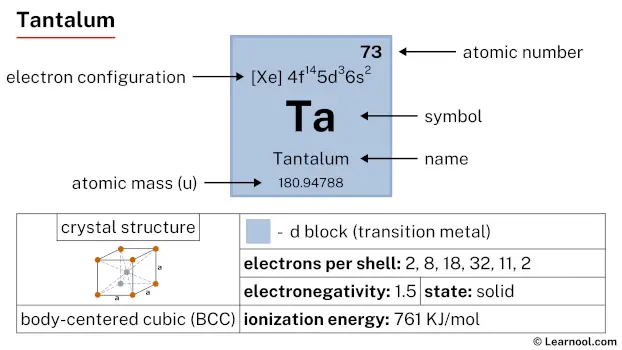 Tantalum |
74 W 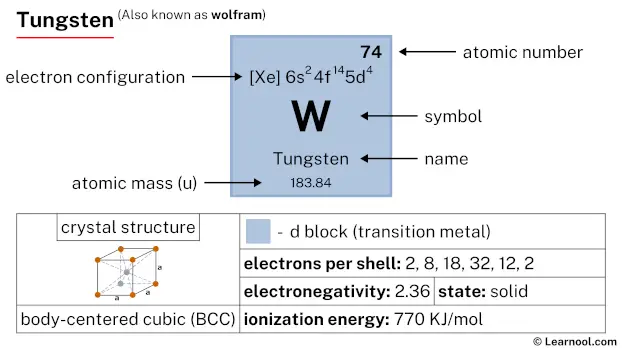 Tungsten |
75 Re 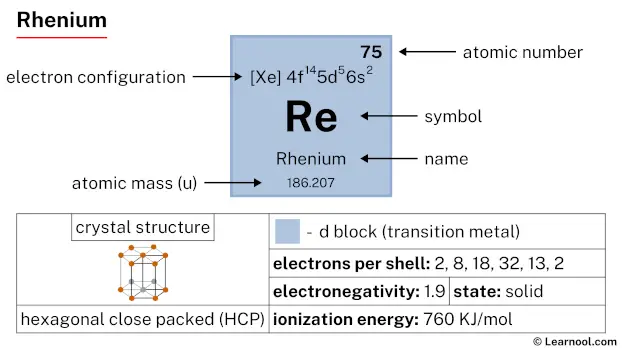 Rhenium |
76 Os 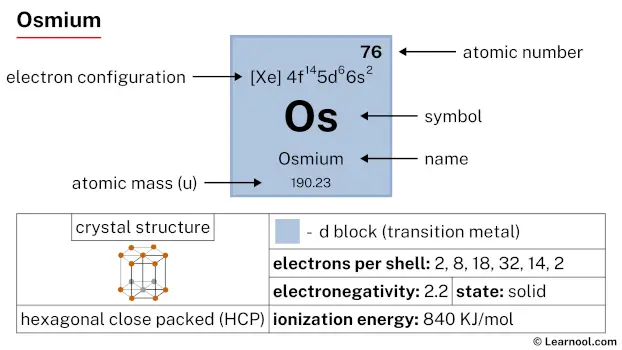 Osmium |
77 Ir 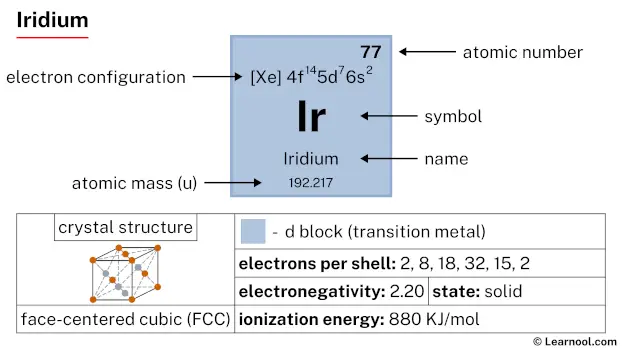 Iridium |
78 Pt  Platinum |
79 Au  Gold |
80 Hg 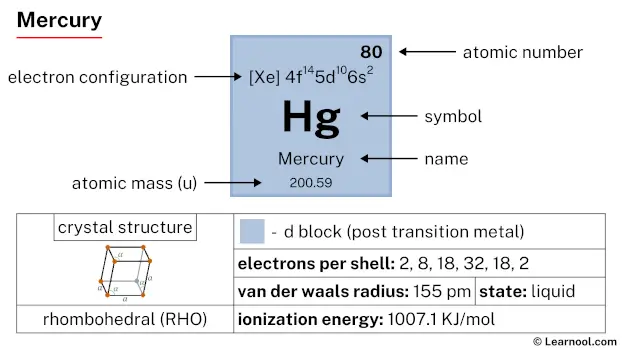 Mercury |
81 Tl 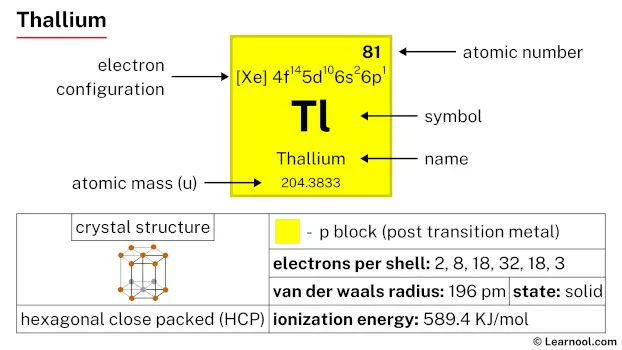 Thallium |
82 Pb  Lead |
83 Bi 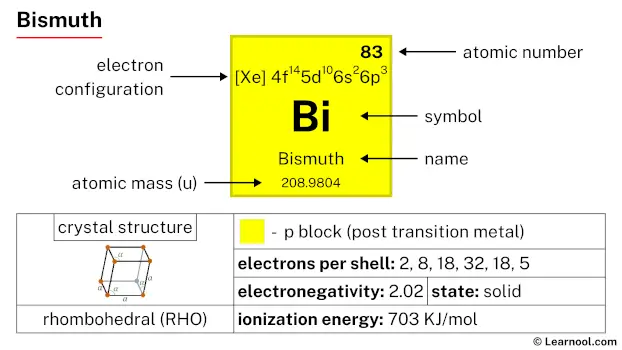 Bismuth |
84 Po 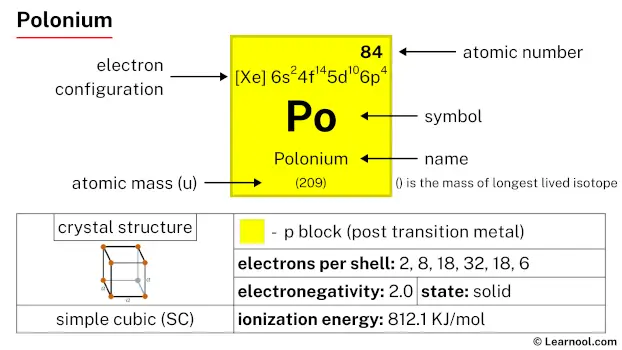 Polonium |
85 At 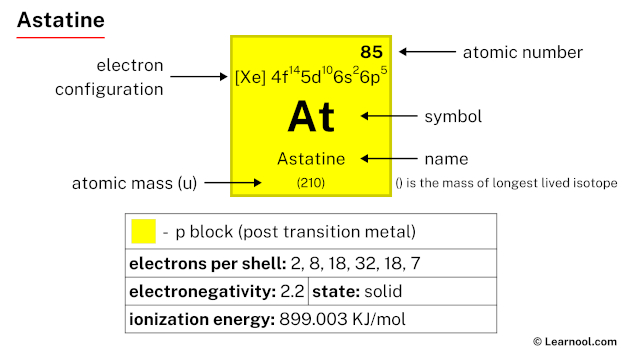 Astatine |
86 Rn 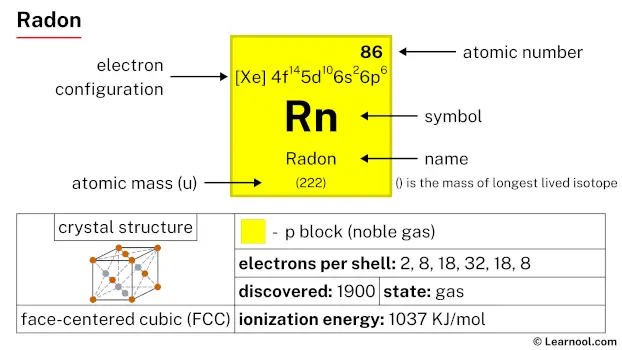 Radon |
||
| 7 | 87 Fr 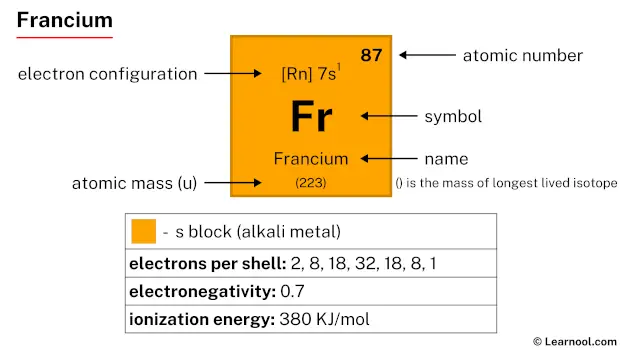 Francium |
88 Ra 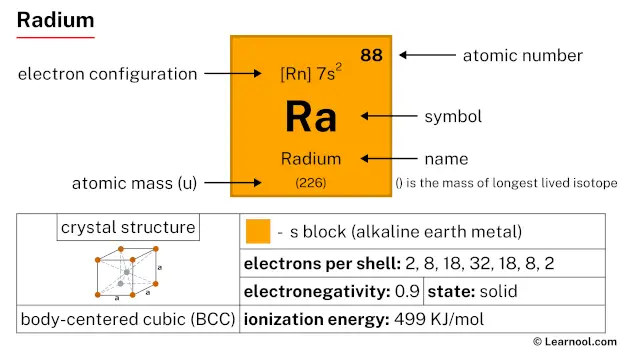 Radium |
104 Rf 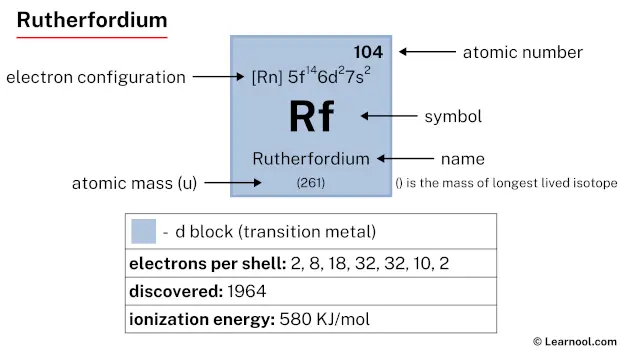 Rutherfordium |
105 Db 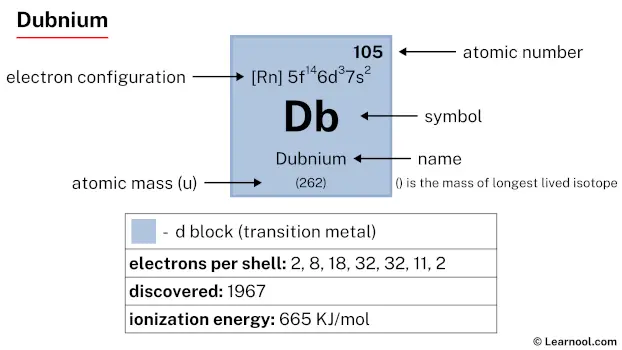 Dubnium |
106 Sg 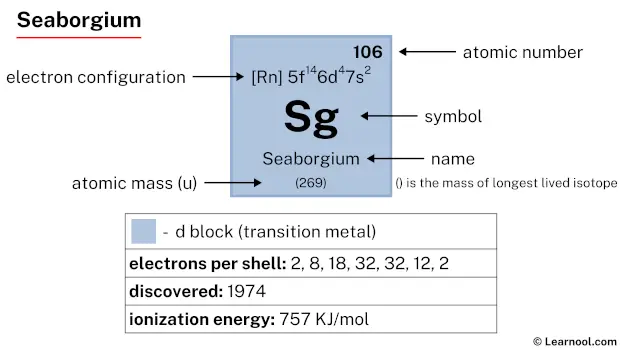 Seaborgium |
107 Bh 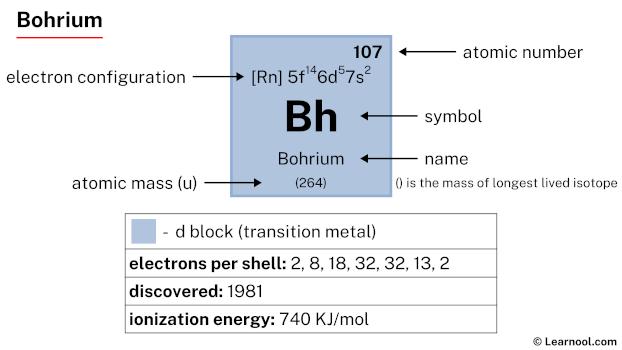 Bohrium |
108 Hs 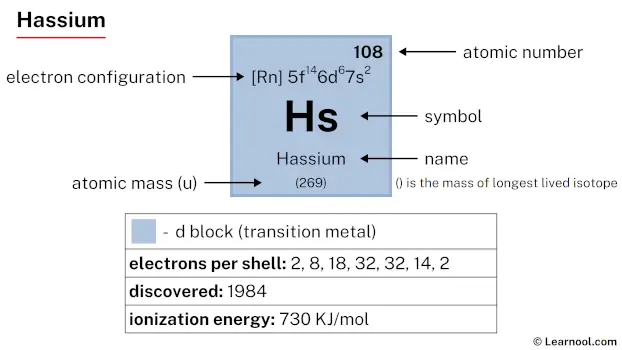 Hassium |
109 Mt 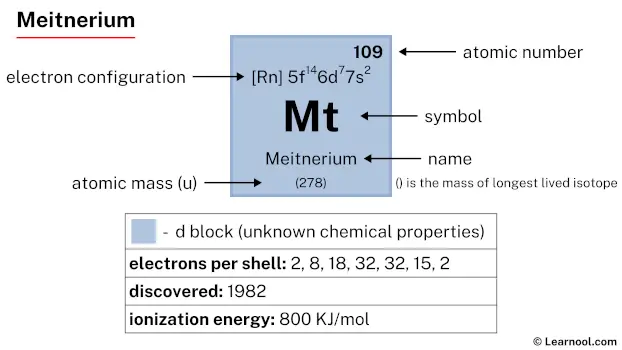 Meitnerium |
110 Ds 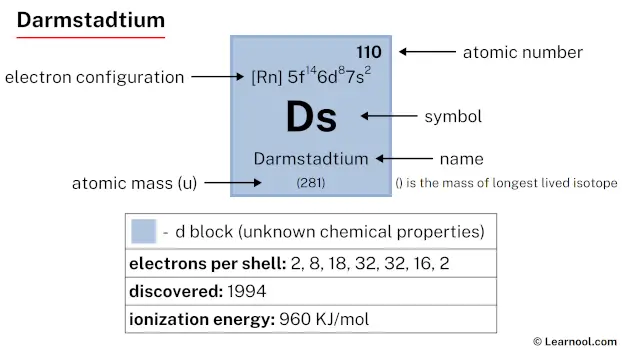 Darmstadtium |
111 Rg 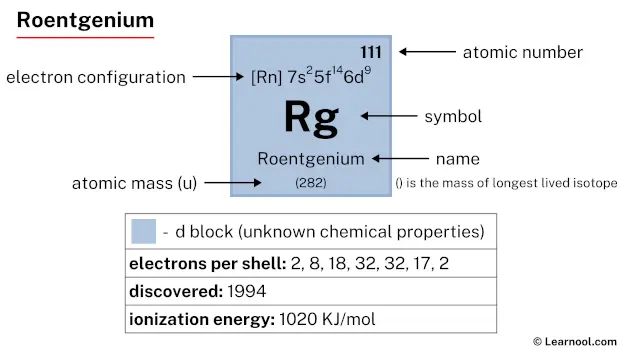 Roentgenium |
112 Cn  Copernicium |
113 Nh 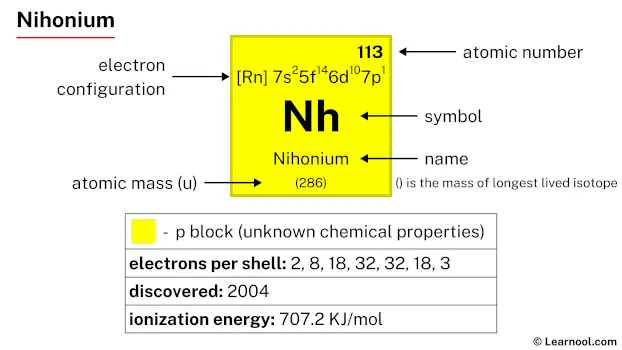 Nihonium |
114 Fl 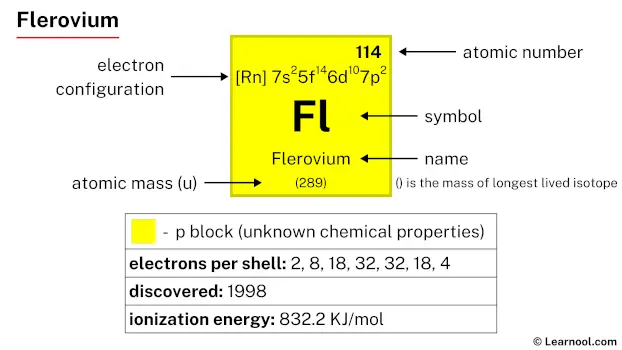 Flerovium |
115 Mc 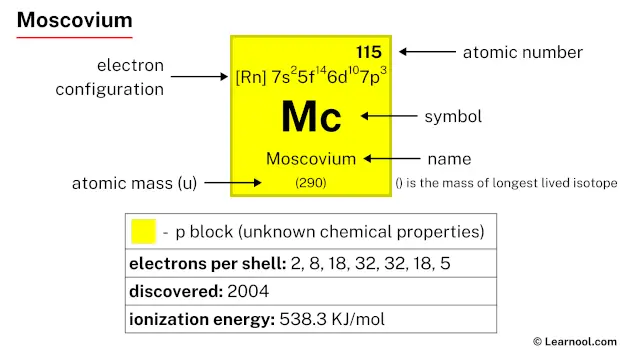 Moscovium |
116 Lv 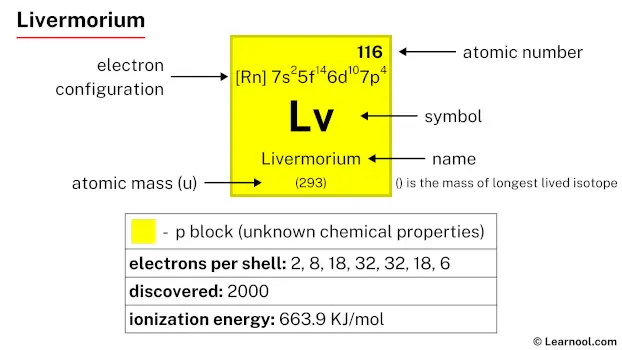 Livermorium |
117 Ts 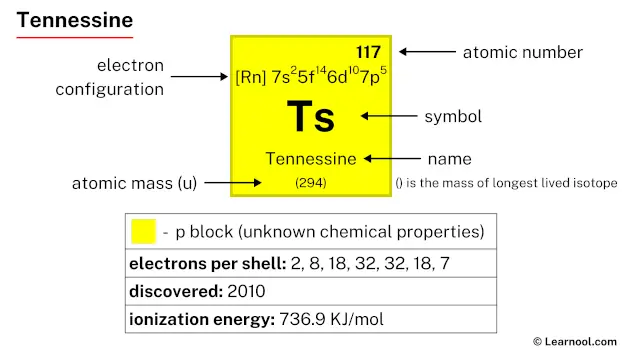 Tennessine |
118 Og 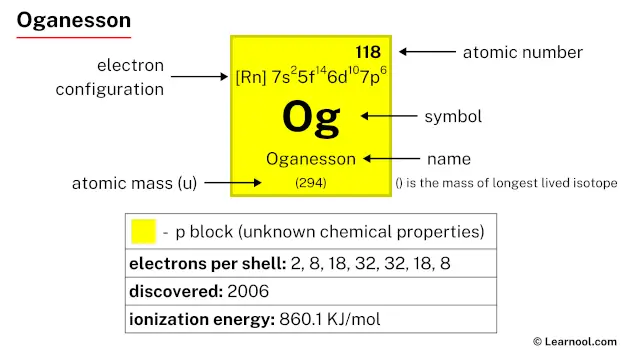 Oganesson |
||
| 57 La 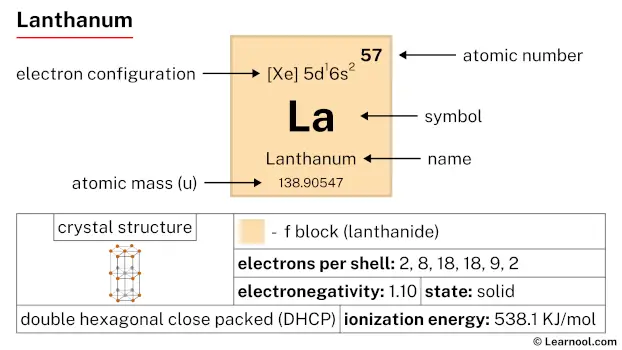 Lanthanum |
58 Ce 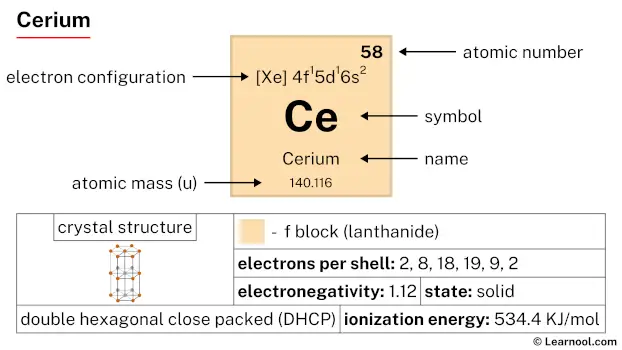 Cerium |
59 Pr 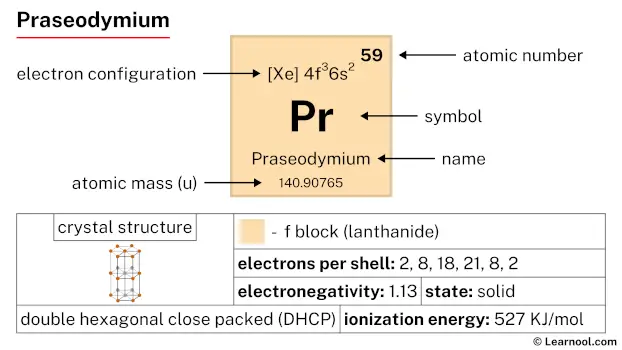 Praseodymium |
60 Nd 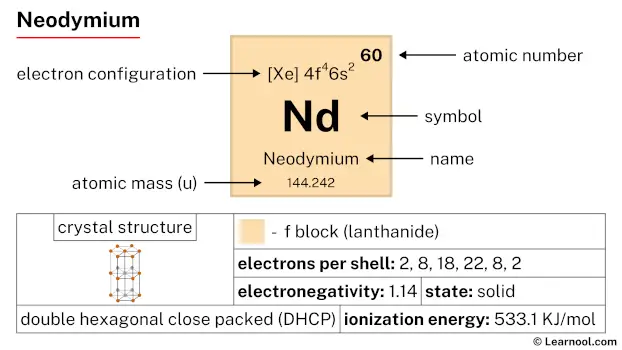 Neodymium |
61 Pm 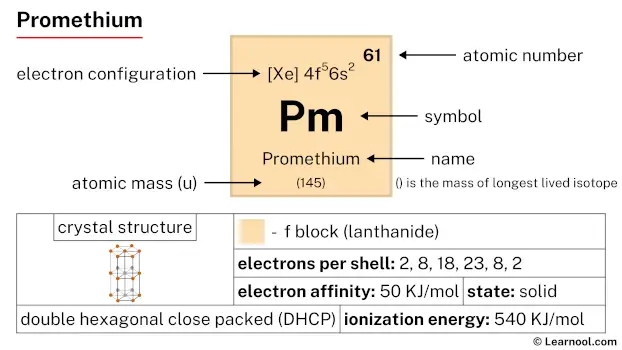 Promethium |
62 Sm 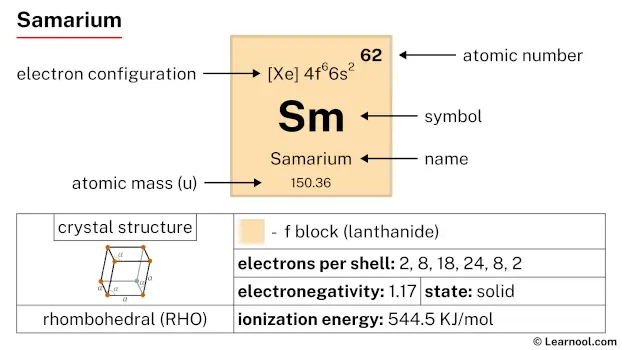 Samarium |
63 Eu 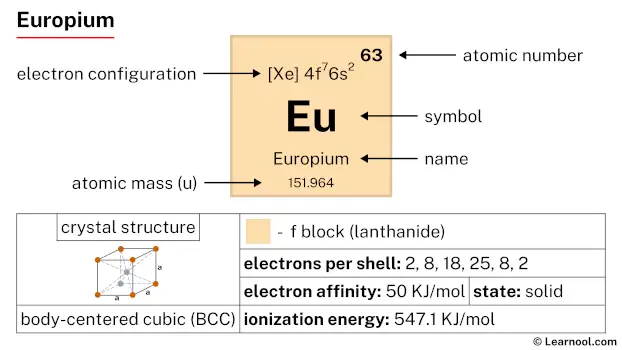 Europium |
64 Gd 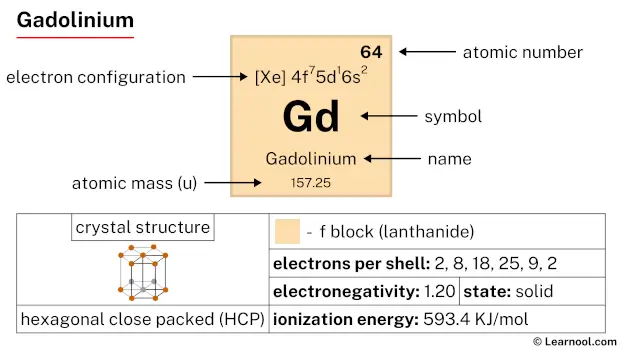 Gadolinium |
65 Tb 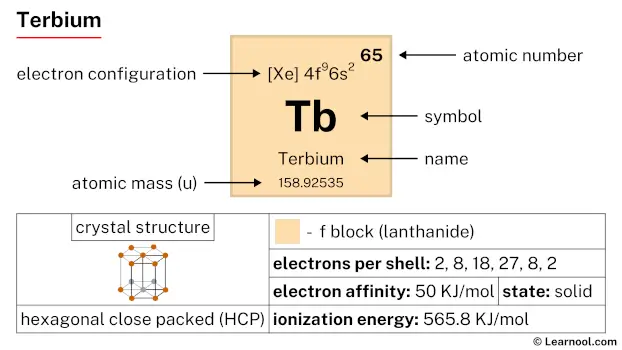 Terbium |
66 Dy 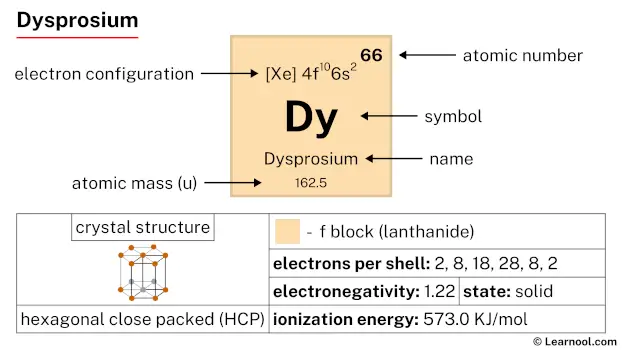 Dysprosium |
67 Ho 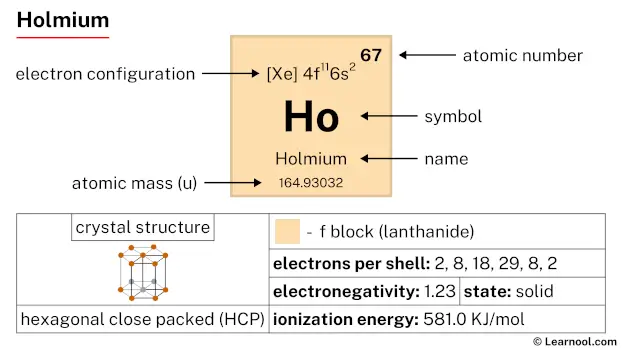 Holmium |
68 Er 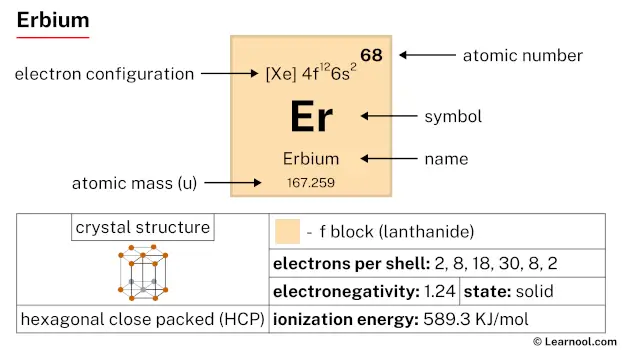 Erbium |
69 Tm 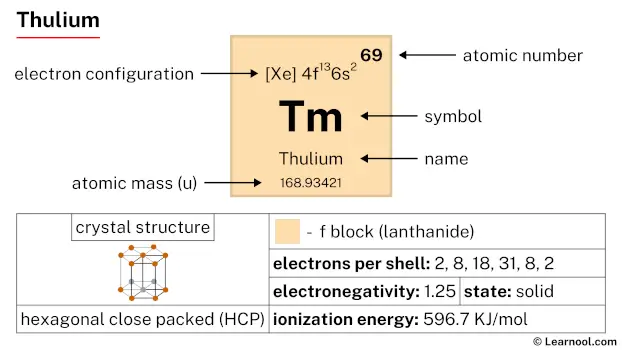 Thulium |
70 Yb 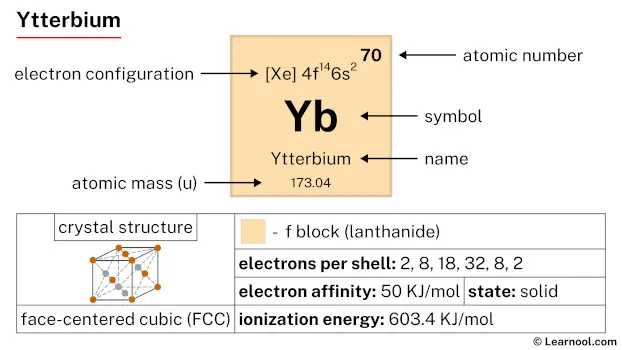 Ytterbium |
71 Lu 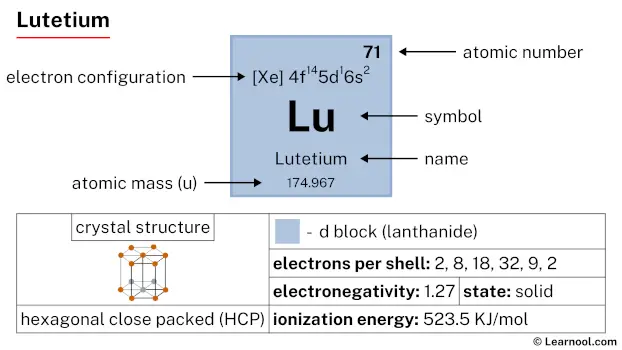 Lutetium |
|||||
| 89 Ac 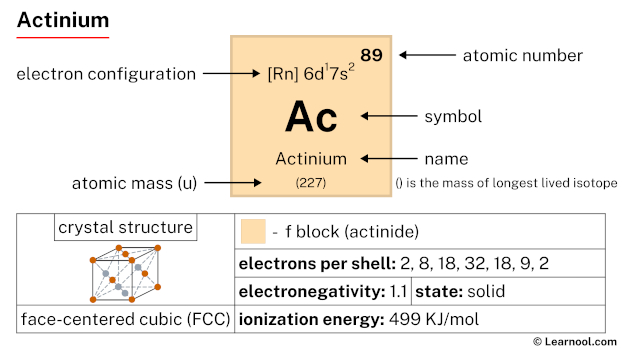 Actinium |
90 Th 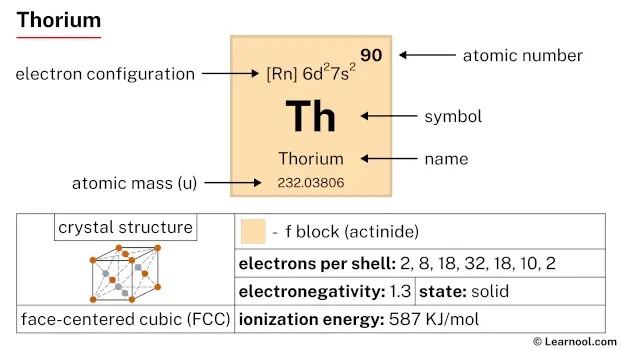 Thorium |
91 Pa 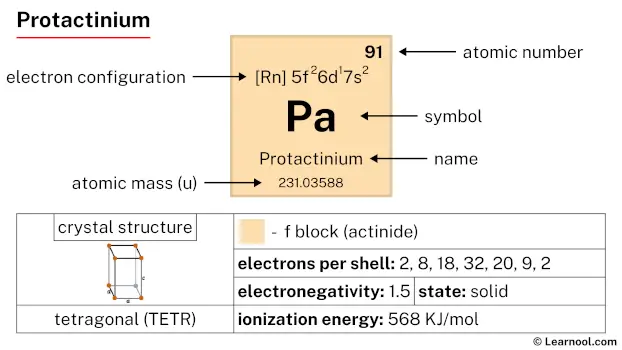 Protactinium |
92 U 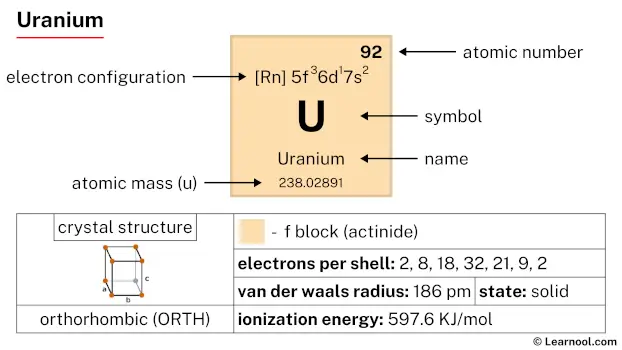 Uranium |
93 Np 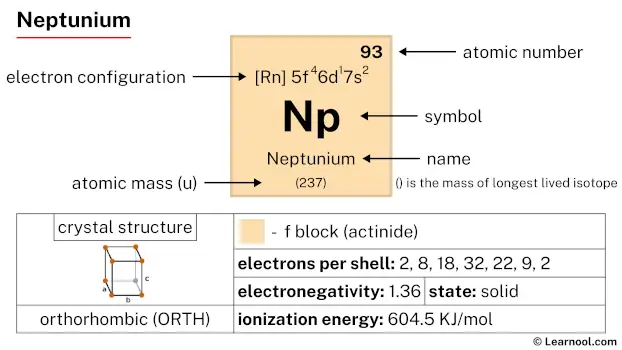 Neptunium |
94 Pu 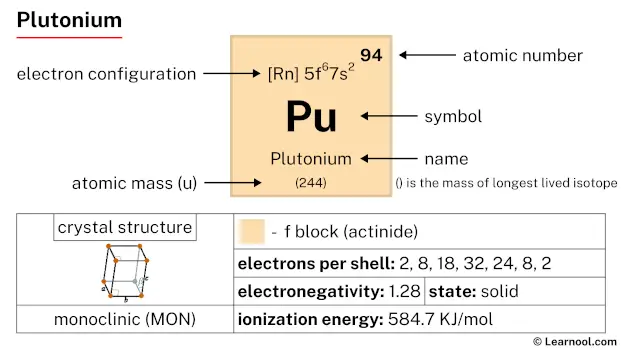 Plutonium |
95 Am  Americium |
96 Cm 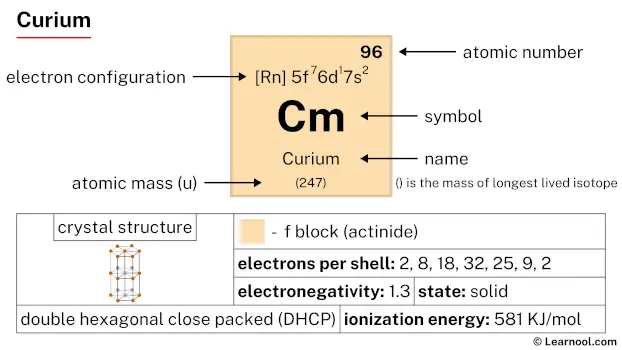 Curium |
97 Bk 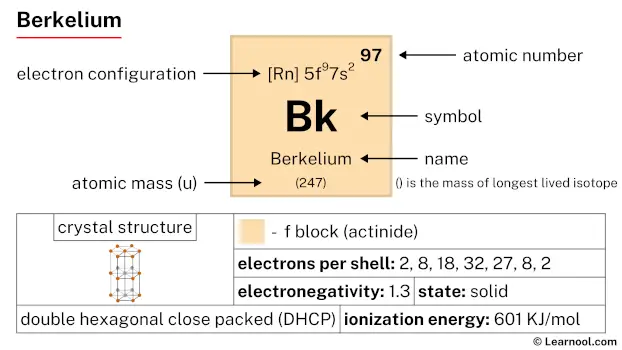 Berkelium |
98 Cf 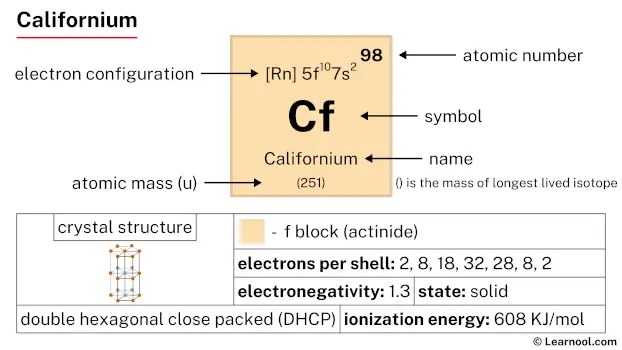 Californium |
99 Es 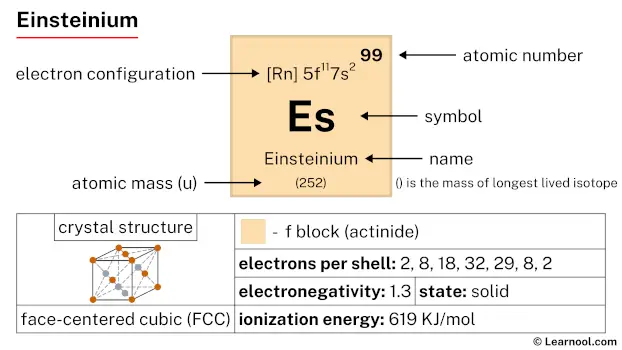 Einsteinium |
100 Fm 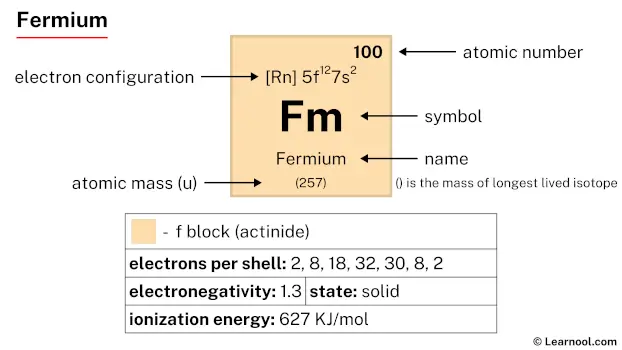 Fermium |
101 Md 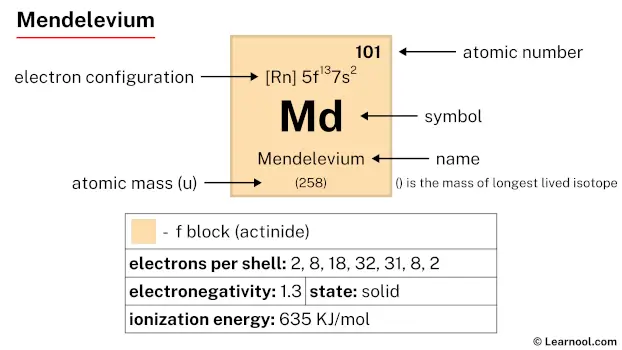 Mendelevium |
102 No 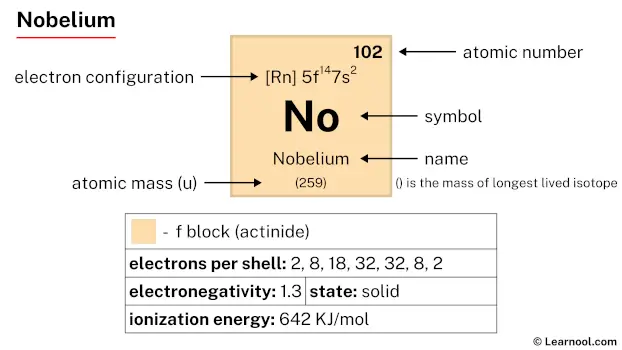 Nobelium |
103 Lr 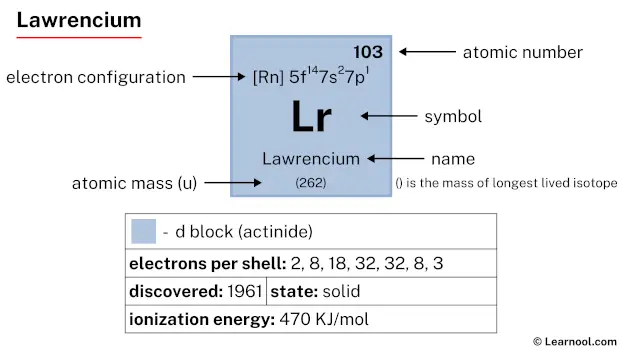 Lawrencium |
|||||
| – s block |
Beryllium is an s-block element, situated in the second column and the second row of the periodic table, denoted by the atomic number 4 and chemical symbol Be.
Element information
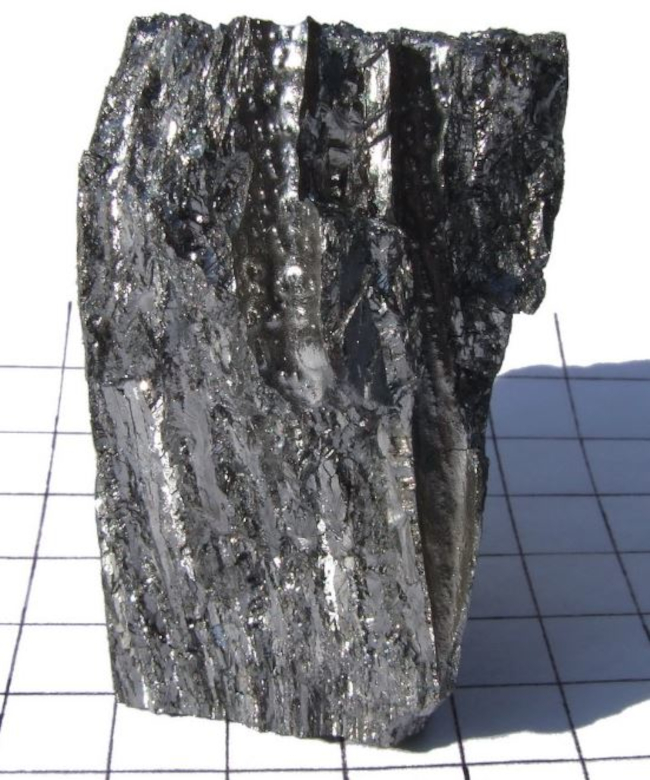 |
|
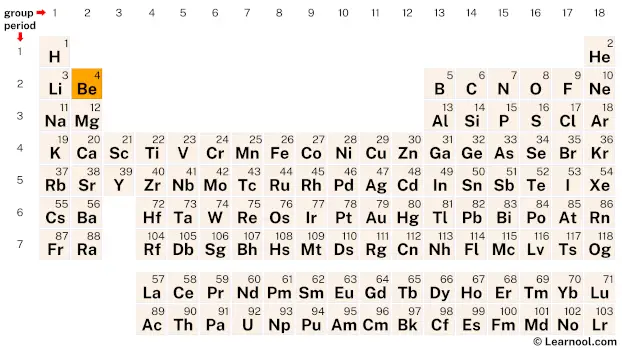 |
|
| Origin of name | Greek word “beryllos” (which means mineral beryl) |
| Symbol | Be |
| Atomic number (Z) | 4 |
| Atomic mass | 9.012182 u |
| Block | s-block |
| Group | 2 |
| Period | 2 |
| Classification | Alkaline earth metal |
| Atomic radius | 112 pm |
| Covalent radius | 96±3 pm |
| Van der Waals radius | 153 pm |
| Melting point | 1287 ℃, 2349 ℉, 1560 K |
| Boiling point | 2469 ℃, 4476 ℉, 2742 K |
| Electron configuration | [He] 2s2 |
| Electrons per shell | 2, 2 |
| Learn how to draw: Beryllium Bohr model | |
| Crystal structure | Hexagonal close-packed (hcp) |
| Phase at r.t | Solid |
| Density near r.t | 1.85 g/cm3 |
| Main isotopes | Beryllium-9 |
| Natural occurrence | Primordial |
| Oxidation state | +2 |
| Electronegativity (Pauling scale) | 1.57 |
| Protons Neutrons Electrons |
4 5 4 |
| Learn how to find: Beryllium protons neutrons electrons | |
| Valence electrons | 2 |
| Learn how to find: Beryllium valence electrons | |
| CAS number | 7440-41-7 |
| Discovered by | Louis Nicolas Vauquelin in 1798 |
History
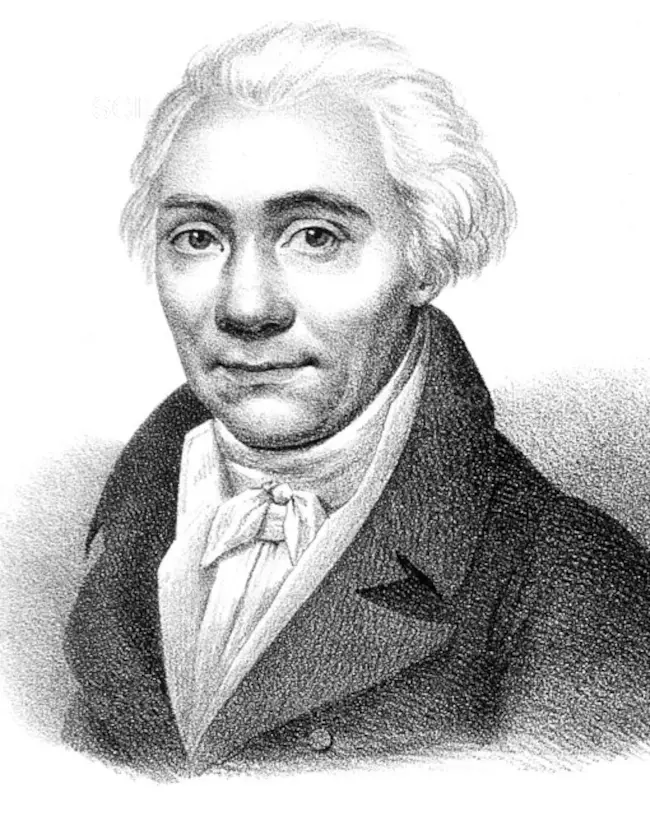
Beryllium was first discovered in 1798 by the French chemist Louis Nicolas Vauquelin. Vauquelin found it as a component of the mineral beryl, which had been known and used since ancient times for its beautiful green color. Vauquelin isolated beryllium by dissolving beryl in acid, precipitating it as a hydroxide, and heating it with charcoal to obtain the metal. At the time, beryllium was believed to be rare and exotic.
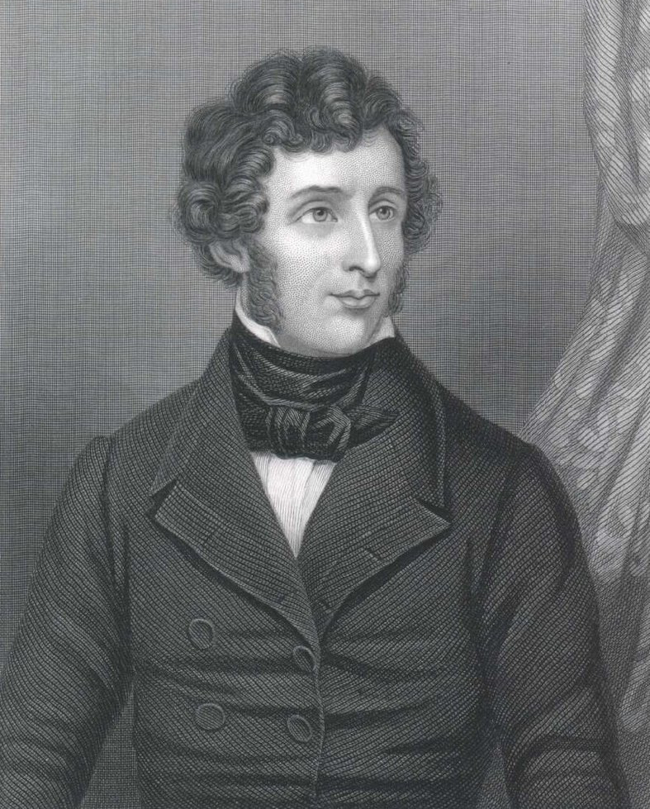
Friedrich Wöhler, a German chemist, is also associated with the discovery of beryllium. In 1828, he isolated the metal independently of Vauquelin by reducing beryllium chloride (BeCl2) with potassium.[3] This was the first time beryllium had been extracted in its metallic form. Antoine-Alexandre-Brutus Bussy, a French chemist, also discovered beryllium independently in the same year using the same method as Wöhler. Both Vauquelin and Wöhler are recognized as key figures in the history of beryllium, with Vauquelin discovering the element and Wöhler isolating it in its metallic form.
Occurrence
Beryllium is a relatively rare element in the Earth’s crust, with an abundance of only about 2 to 6 parts per million. It is primarily found in a few minerals, including bertrandite, beryl, chrysoberyl, phenakite, and euclase. Beryllium can also be found in some soils and sediments, as well as in coal. The element can be found in various locations across the globe, including the United States, Brazil, Russia, Kazakhstan, and China.
In the United States, the largest producer of beryllium is the state of Utah, where the Spor Mountain mining district is located. The bertrandite ore deposit found in this district is one of the largest known deposits of beryllium in the world.[6] Beryllium is also mined in other regions of the United States, such as Colorado and New Mexico. In addition to these locations, beryllium can also be found in smaller quantities in other countries, including Madagascar, Mozambique, and Namibia.
Production
Beryllium is a rare and valuable metal that is primarily extracted from the mineral bertrandite, as well as from beryl and other minerals.[4] The mining of bertrandite and other beryllium-containing minerals typically involves open-pit mining, underground mining, or a combination of both. Once the minerals have been mined, they are crushed and treated with sulfuric acid to form a water-soluble beryllium sulfate compound. The beryllium sulfate is then subjected to a series of chemical reactions to remove impurities and convert it to beryllium hydroxide.[5]
The beryllium hydroxide is then heated to form beryllium oxide, which is a white powder that is the primary form of beryllium used in industry. The beryllium oxide is further refined and processed to produce various forms of beryllium, including alloys, composites, and pure beryllium metal. The production of beryllium is a costly and complex process that requires specialized equipment and procedures due to its high toxicity. As a result, beryllium is mainly used in applications where its unique properties are critical, such as aerospace, defense, and nuclear industries.
Properties
Beryllium has a low density of 1.85 grams per cubic centimeter, which is about one-third the density of steel.
It is a lightweight and strong metal with a high melting point of 1287 ℃ and a boiling point of 2469 ℃.
Beryllium has a close-packed hexagonal crystal structure and is a good conductor of both heat and electricity.
It is highly resistant to corrosion and does not oxidize readily in air, making it useful in a range of high-performance applications.
Beryllium is non-magnetic and transparent to X-rays, which makes it useful in certain medical and scientific applications.[3]
Beryllium is also highly toxic when inhaled in dust form, and exposure to beryllium can cause serious lung and skin diseases, so strict safety protocols are required when handling the metal.
Beryllium has a high modulus of elasticity, which makes it useful in applications where rigidity and dimensional stability are important. Its modulus of elasticity is almost 50 percent greater than that of steel.
It is also highly resistant to fatigue and creep, which makes it useful in applications where high stress and high temperature are factors.
Applications
Beryllium’s low density and high strength-to-weight ratio make it useful for aerospace and defense industries, where it is used in lightweight structural components, missile and satellite parts, and other high-performance applications.
It is also used in nuclear reactors, where it serves as a neutron reflector to increase the efficiency of the reaction and to help control the reaction.
Beryllium is an excellent conductor of heat and electricity, and is used in electronic devices such as computer components, telecommunication equipment, and other high-performance applications.
Its high melting point and thermal stability make it useful in a range of high-temperature applications, including furnace linings, heat shields, and other high-temperature components.
Beryllium is also used in medical equipment, such as X-ray windows and dental tools, due to its transparency to X-rays and its biocompatibility.
Beryllium is used in the production of sports equipment, such as golf clubs and bicycle frames, due to its light weight and strength. However, beryllium is also known to be toxic and can cause lung cancer and other respiratory diseases when inhaled in dust form, and can cause skin irritation when in contact with the skin. As a result, strict safety protocols are in place to minimize exposure to the element.
Interesting facts
Beryllium is named after the mineral beryl, which is one of the primary sources of the metal. The name beryl is derived from the Greek word beryllos, which means “precious blue-green color of sea water.”
In 1798, French chemist Louis-Nicolas Vauquelin discovered beryllium by isolating it from beryl and named it “glucinium” due to its sweet taste. The element was later renamed to beryllium by German chemist Friedrich Wöhler in 1828.
Beryllium is one of the lightest metals and is the fourth element on the periodic table.
Beryllium is extremely rare in the Earth’s crust and accounts for only about 0.0004% of its mass.
Due to its high melting point and thermal stability, beryllium is used as a window material for X-ray tubes and in other high-temperature applications.
Beryllium is also used in nuclear weapons and reactors due to its ability to reflect neutrons and enhance the efficiency of the reaction.
Beryllium is toxic when inhaled in dust form and can cause a range of respiratory diseases, including lung cancer. As a result, strict safety protocols are required when handling the metal.
Beryllium is one of the few elements that does not expand when it freezes, but instead contracts, making it a useful material for precision instruments and measuring devices.
Beryllium has a very low neutron absorption cross-section, making it useful in neutron detectors and other nuclear applications.
Related
More elements
References
1. Beryllium Toxicity – StatPearls – NCBI Bookshelf
2. Chemistry of Beryllium (Z=4)
3. Beryllium – Element information, properties and uses
4. Beryllium – Mining Health and Safety
5. Sources of Beryllium Metal and Extraction Locations
6. Beryllium is a critical mineral mined in Utah – Utah Public Radio
External links
- https://en.wikipedia.org/wiki/Beryllium
- https://pubchem.ncbi.nlm.nih.gov/element/Beryllium
- https://www.britannica.com/science/beryllium
- https://www.chemicool.com/elements/beryllium.html
- https://chemistrytalk.org/beryllium-element/
- https://www.livescience.com/28641-beryllium.html
Deep
Learnool.com was founded by Deep Rana, who is a mechanical engineer by profession and a blogger by passion. He has a good conceptual knowledge on different educational topics and he provides the same on this website. He loves to learn something new everyday and believes that the best utilization of free time is developing a new skill.
